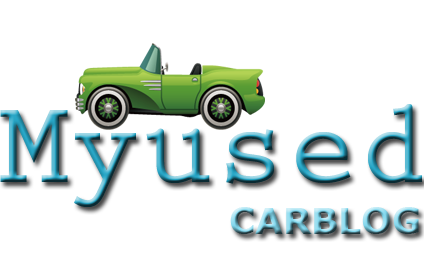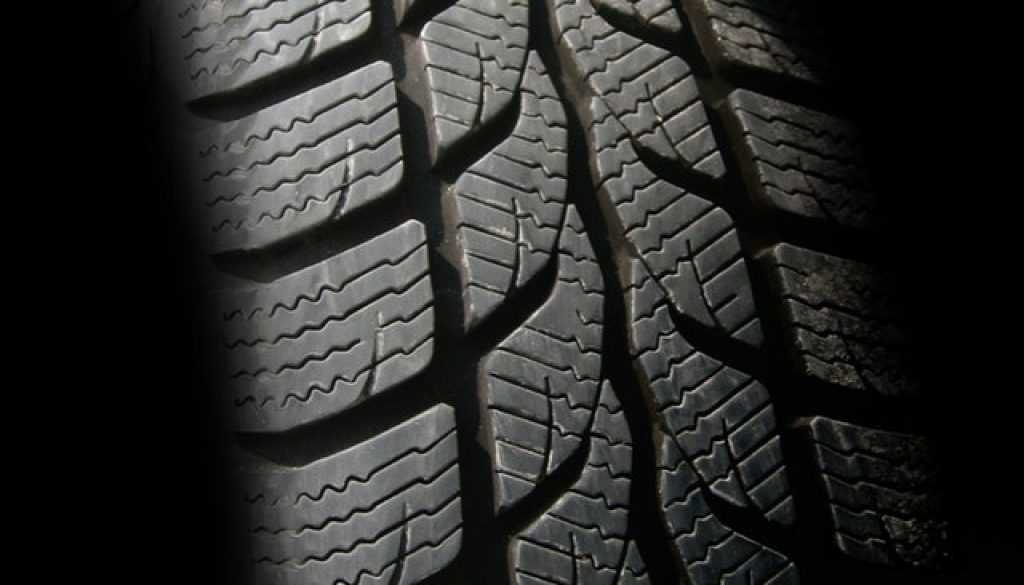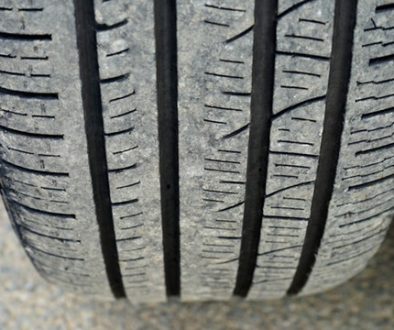5 Tire Replacement Tips Your Mechanic Didn’t Tell You About
You go to the repair shop for a routine maintenance oil change and the service writer calls you out to give you the rundown on your vehicle. He tells you about all the dreaded things that are wrong with your vehicle, but it doesn’t touch a nerve until he shows you what you’ve been driving on for the past month.
When you see your Bald, choppy, and wires hanging from your tires you instantly feel sick to your stomach at the extent of what could have possibly happened.
Desperate for a sale the service writer proceeds to tell you about all the bad things you already know about tire danger, but what he did forget to tell you is what you should be inspected before you decide to put tires on your car.
Don’t do this inspection before tire replacement, and you will flush your hard earned money down the drain.
Don’t replace your tires until you inspect these parts
Inner and outer tie rods
Inner and outer tie rods are connected to the rack and pinion. Outer tie rods have joints that allow the driver to turn the steering wheel left and right. The inner tie rod and outer tie rod are attached to each other.
How to inspect it
Tip: inspection must be performed with both wheels on the car. With both front wheels off of the floor place, your hands parallel on the tire and move it side to side. What you are looking for is play. if the inner or outer tie rods have excessive play it is time to replace them both.
Struts/shocks
The shocks/struts act as an absorber to dampen the harsh road conditions and help to keep the wheels on the road.
How to inspect it
One of the easiest ways to check a strut/shock is to drive over speed bumps. while driving over the speed bump, take notice to how smooth the vehicle goes over the speed bump. if the vehicle goes over harsh its time to change the shock/strut.
Another way to check the strut is to grab a flashlight and peek at the struct to see it any fluid leaking from it.
Bad struts/shocks cause tires to be uneven and choppy.
Upper and lower ball joints
The ball joints connect the control arm and it is attached to the steering knuckle. The ball joint is a pivot between the wheels and the suspension of your vehicle. The ball joints are located In the front suspension, and on most vehicles, there are upper and lower ball joints on both sides. Due to the lower ball joints potion, they wear out faster because the weight of the vehicle rests on them.
Wheel alignment
Wheel alignment is part of standard automobile maintenance. a wheel alignment consists of adjusting the angles of the wheels so that they are set to the car maker’s specification. The purpose of these adjustments is to reduce tire wear and to ensure that vehicle travel is straight and true.
How to inspect it
The way that you can check the wheel alignment is to take it to your local repair shop to have them check the wheel alignment specification.
Take note of the steering wheel while driving to see if it centered.
Upper/lower Control arm bushing
The control arm bushings are located between the control arm and the frame of the vehicle. There are two control arms on every vehicle which are upper/lower control arms. Control arm bushings dampen vibration between the wheels and frame, cushioning the ride, reducing driving noise, and preventing metal-on-metal contact.
How to inspect it
In order to see the control arm bushing, the vehicle will need to be lifted. Grab a flashlight is raised safely off of the ground and inspect the upper and lower control arms for crack or broken bushing as seen in the image above.
Did I leave any tire tips out that you know should have been on the list? If so, let me know in the comments.






